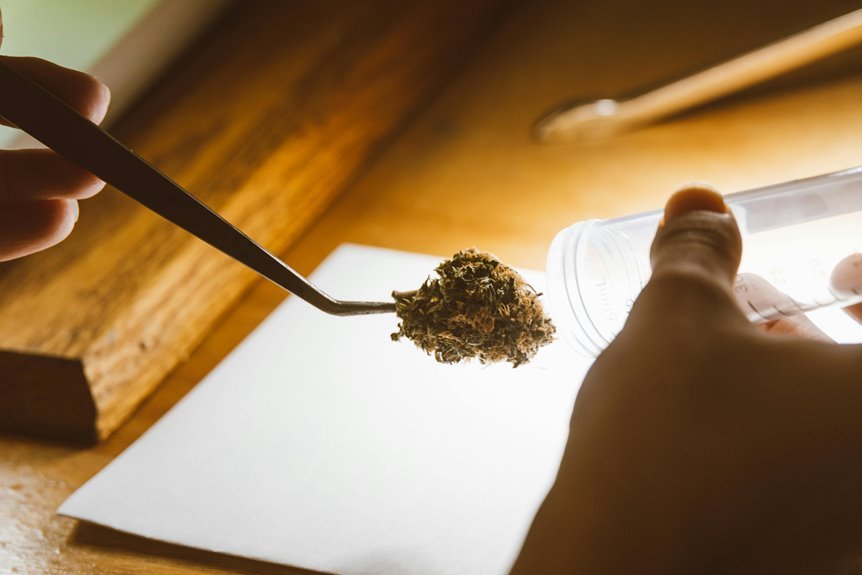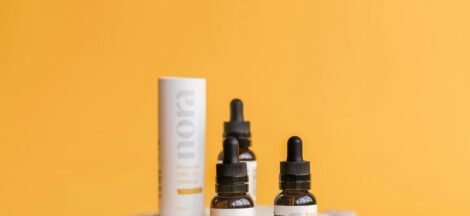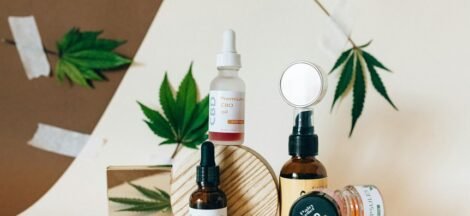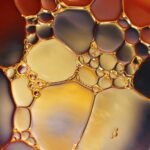The relationship between CBD and drug tests is complex. While CBD itself is non-psychoactive, some products may contain trace amounts of THC. This can lead to unexpected outcomes in drug screenings, particularly with certain testing methods. Understanding the nuances of CBD and THC, as well as the factors that influence test results, is essential for users. What precautions can individuals take to avoid potential pitfalls?
Understanding CBD and THC: Key Differences
Cannabidiol (CBD) and tetrahydrocannabinol (THC) are two prominent compounds found in cannabis, each with distinct characteristics and effects.
CBD benefits include anti-inflammatory properties and potential anxiety relief, appealing to those seeking wellness without intoxication.
In contrast, THC effects are psychoactive, often leading to euphoria or altered perception.
Understanding these differences is essential for individuals considering cannabis for therapeutic or recreational use.
How Drug Tests Work: Types and Detection Methods
Drug tests serve as a crucial tool for detecting the presence of substances in an individual's system, particularly in workplaces, sports, and legal settings.
Various types of drug testing include urine, saliva, blood, and hair tests, each employing different detection methods.
These methods vary in sensitivity and timeframe for substance detection, influencing their effectiveness in identifying recent or past drug use.
Factors That Influence Drug Test Results for CBD Users
While many users turn to CBD for its therapeutic benefits, several factors can influence whether it appears on drug tests.
CBD potency plays a significant role, as higher concentrations may increase the likelihood of detectable levels of THC, which is often tested.
Additionally, individual drug metabolism varies, affecting how quickly substances are processed and eliminated, influencing test outcomes for CBD users.
Best Practices for CBD Use in Relation to Drug Testing
Many users seeking the benefits of CBD are concerned about its potential impact on drug testing.
To minimize risks, individuals should carefully monitor CBD dosage and select products with low THC levels.
Understanding testing timelines is crucial, as CBD may linger in the system.
User experiences vary, emphasizing the importance of legal considerations to ensure compliance with local regulations and workplace policies.
Conclusion
In the grand game of drug testing, CBD users might find themselves in a peculiar pickle, dancing on the fine line between relaxation and a positive test result. While one sips their hemp-infused tea, they might as well be rolling the dice in Las Vegas. To avoid the melodrama of surprise screenings, opting for low-THC products and remaining vigilant about testing policies seems the wisest strategy. After all, who knew wellness could come with such a thrilling twist?





 Does Cbd Oil Interact With Prednisone
Does Cbd Oil Interact With Prednisone